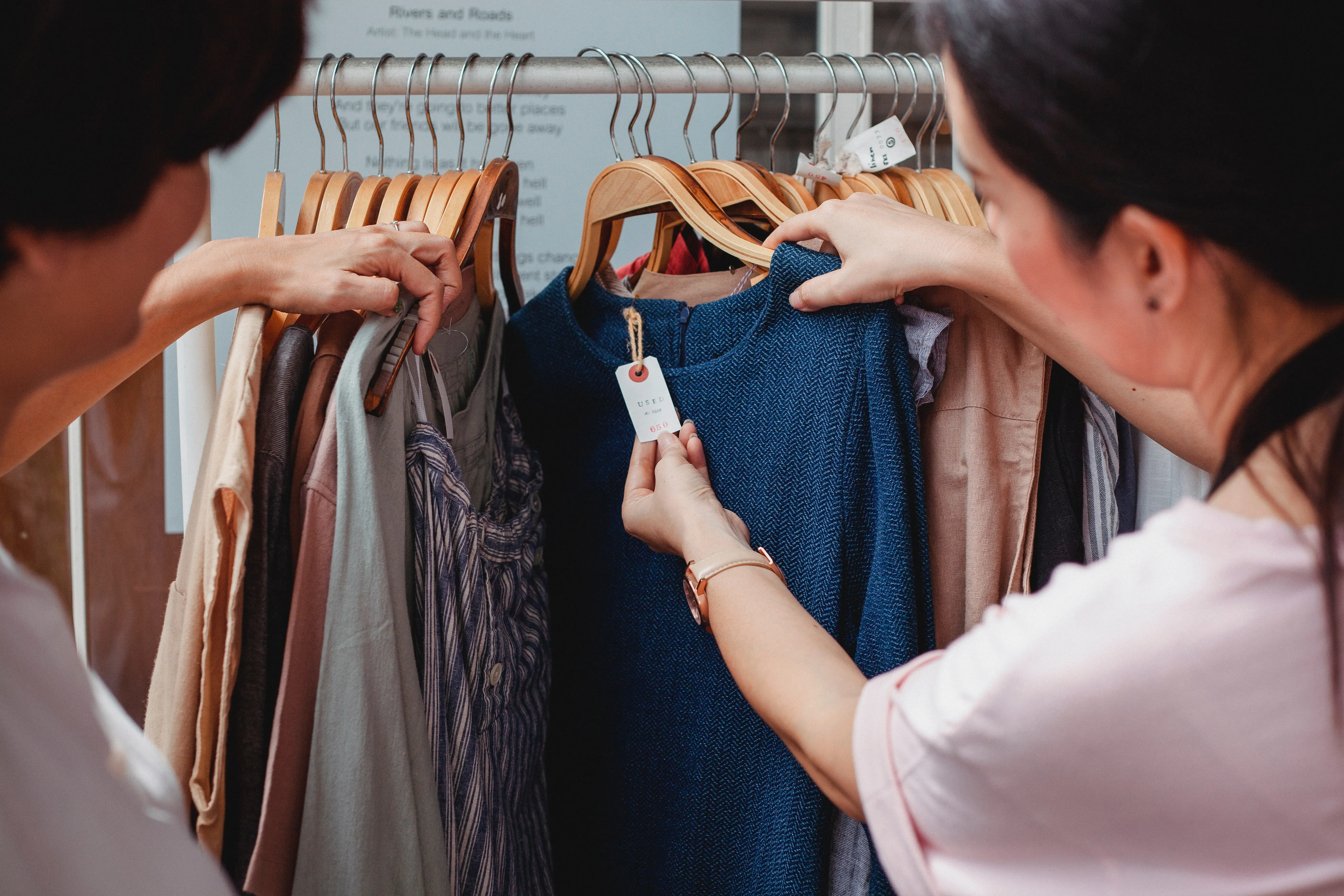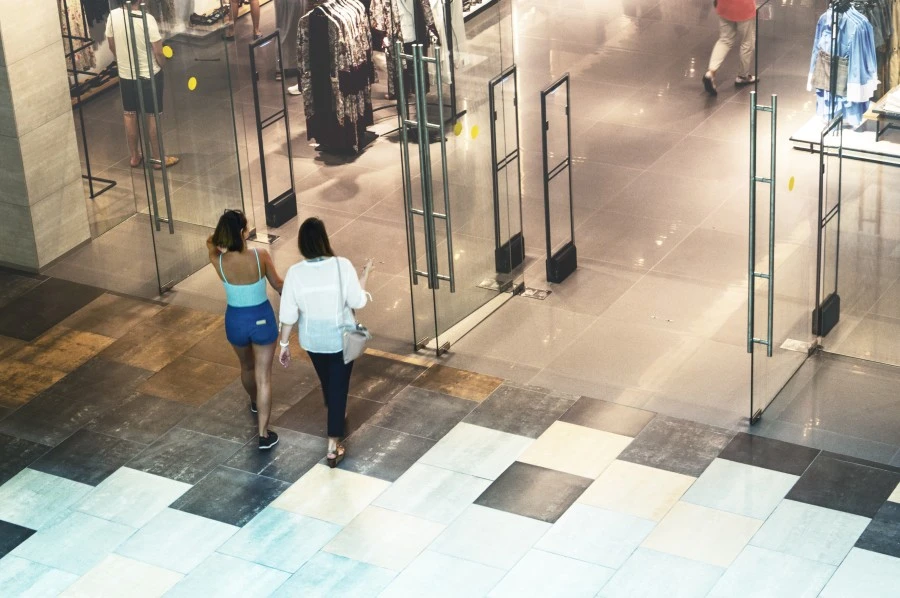Article 10 Jun 2022
Six questions you should
ask about people counters
When choosing the right people counter, all providers talk about accuracy while trying
to outperform each other in terms of the degree of accuracy. Here you get answers to
what is meant by accuracy, as well as good advice on what requirements and
questions you should ask the suppliers of people counters.
1. Ignore the percentage - focus on the standard deviation. The measures that most
suppliers use when it comes to people counters are percentages, often 90-100 percent
accuracy is stated. There are several problems with these measurements. Percentages are statistically meaningless and useless. They say nothing about the actual accuracy, how the tests have been carried out or about the real business value of people counters. They are also not used by statisticians. What really should be measured when it comes to the accuracy of the people counters is how accurate these are in relation to the number of visitors and how accurate they are in the actual positioning. A good accuracy is therefore calculated on the basis of plus or minus on the basis of the standard deviation, which is a classic statistical measure. In the standard deviation, the number of typical incorrect visits is calculated in relation to the number of total visits. The optimum is a standard deviation of zero.
2. The test environment is important. All techniques work well under perfect conditions in an ideal test environment. Therefore, the tests must always be carried out in an actual store environment with all its challenges and difficulties. There is currently no standardization for in which environment the tests are to be carried out. The only possibility to get a fair comparison between different people counters is therefore to test several techniques in several different realistic store environments. Most techniques have their own weaknesses. Some techniques may be better based on certain scenarios and worse in others.
3. The settings are crucial. There can be large differences in the results between the tests that the suppliers have performed in the test environment and the results in the store, because the tests are performed before installation. Incorrect installation and incorrect settings during installation can lead to large incorrect calculations due to, for example, shopping carts being counted. Here, the supplier has a great responsibility for the robustness after installation and that the system really lives up to expectations regarding accuracy even in the physical store environment.
4. The people counters should perform within all KPIs. Accuracy is a very broad concept, which says very little about the insights that the visitor counters report. It is actually about several different KPIs, which together give shops and malls an idea of the systems' overall reliability. Some stores may have high values within some KPIs and lower values within others, which together gives a low accuracy or seriously affects the ability to fairly measure the customer journey in the store.
A good people counter should perform well with all the KPIs below, otherwise it will be far too costly to manually analyze and wash all incoming visitor data, while devoting a lot of unnecessary energy to risky explanations for skewed data retrieval.
Here are some of the key KPIs:
- Visitor detection accuracy. This is the basic measure, where every single visitor is
tracked. The problem with this measure is that it alone becomes far too skewed. It also
needs to be supplemented with the following KPIs.
- Tracing accuracy. Here, the accuracy of each visitor's movements is measured in one and the same camera and image and within one and the same surveillance area.
- Transition accuracy. Accuracy is measured here when moving from camera to camera, from visitor counter to visitor counter.
- Occlution accuracy. Here, accuracy is measured when several people are standing or
walking close to each other, so that each individual is distinguished and that not two or more people are perceived by the camera and calculated as a single person.
- Risk group exclusion accuracy. Accuracy is measured here when it comes to the
possibility of excluding minors, among other things. The risk group exclusion is made for
calculations in height and length. If it is not possible to accurately exclude minors, there are obvious GDPR problems.
- Outlier exclusion. Here the accuracy is measured in terms of exclusion in the calculations of employees, mannequins, guards and the people who only go in and out or through and are not to be regarded as real visitors. Some people counters try to exclude employees by using QR codes on staff shoulders. But how many image-conscious retailers really want employees exhibited in this way and what will be the extra costs for this?
5. Ensure that the supplier continuously guarantees the quality of its people counters.
Most suppliers do not quality assure their people counters regularly, which in the long run increases the risks of lower accuracy. The more transparent and rigorous tests the suppliers carry out on their products, the more the risks are reduced. Basically, this is not about increased accuracy, but about the importance of avoiding incorrect data in order to facilitate business decisions. Today, most suppliers outsource much of their quality assurance and preventative troubleshooting to their customers.
6. Make sure the visitor counters are GDPR compliant. Unfortunately, most technologies
are not approved and will never be approved by the Swedish Integrity Authority. Here, too, several of the suppliers claim that their people counters are GDPR-secured, at the same time as they leave it to the customers to take responsibility for this really being the case. Today, suppliers do not really take safety seriously.
Problem with best practice
The big problem with today's people counters is the lack of best practice and the fact that the responsibility for technology falls between the chairs. Customers today lack sufficient technical competence to be able to ask the right requirements and the right questions, at the same time as the suppliers hand over the technical quality assurance and safety responsibility to the customers. The industry's demands on suppliers need to be strengthened. Otherwise, the risk is imminent that the shops and malls will remain seated with Black-Pete.
Important questions to ask
To help along the way here are some important questions buyers of visitor counters shouldask suppliers:
1. How big is your standard deviation in relation to the number of total visitors in
connection with your tests in your test environments?
2. How great is the risk that it will be completely wrong due to incorrect settings or
incorrect conditions in the physical environment, such as lighting and staff
movements. How do you monitor the safety of the physical installation?
3. How do you calculate the accuracy? Which KPIs do you use?
4. How is your quality assurance and your continuous follow-up of troubleshooting
done? Is the cost of this included in the price?
5. Are your people counter GDPR-secured? Is the technology approved by the GDPR
authorities?
6. What extra costs will be added for installation, extra sensors and service?






